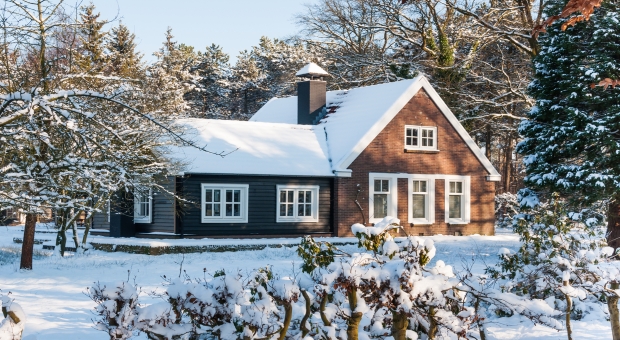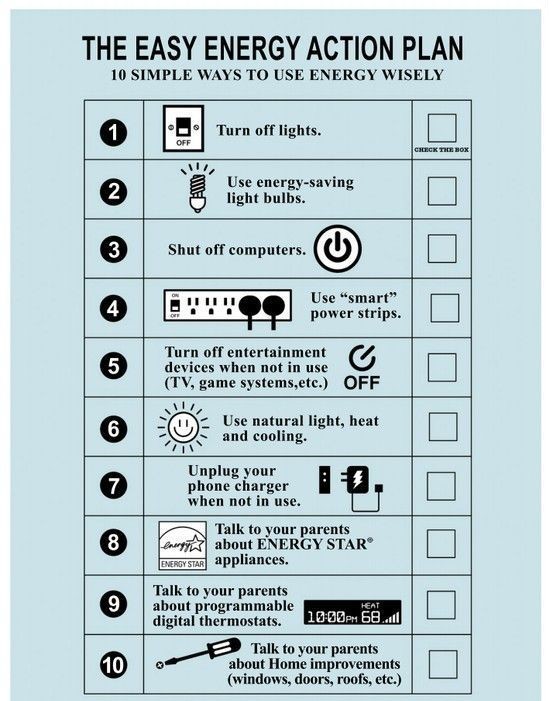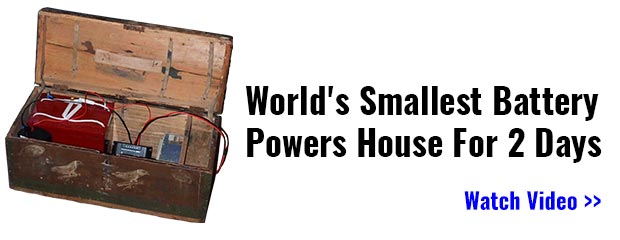While winter signals the start of the most anticipated holidays in the year, it is also the season when home insurance claims are at peak.
It’s the time when many things can go wrong with the maintenance of a property, from leaking roofs to water damage, and unbearable cold weather.
So how do you keep your home warm and safe in wintertime? Check out these tips.
Ensure Proper Ventilation
If you think ventilation only makes sense during summer, you’re wrong. Ventilation is one of the most important aspects of a well-maintained property, regardless of the season. Proper ventilation ensures a steady flow of fresh air in your home, which is essential to maintaining good indoor air quality.
Click HERE to Get the World’s Smallest Battery, That Powers Your House For More Than 2 Days!
During the winter months, ventilation can be a challenge because most homeowners keep their doors and windows closed day and night, and mainly rely on their HVAC systems.
Consider these tips to improve the ventilation in your home during the winter:
Ventilate the Attic
Attic ventilation is crucial to the protection of your home and the comfort of your family during wintertime. It safeguards your home from various problems, such as moisture, frost, mold growth, wood rot, ice dams, and popped shingles.
Use the Right Ventilation
Vent only when needed. Install vents with time switches so you don’t leave them on by accident. Winter air tends to be dry. Whenever possible, open your windows to let the old, damp air escape and allow the fresh air in. Close the vents and doors in unused rooms to reduce your power consumption and keep your space warmer during an emergency, such as a power outage. Be careful not to let your room get too cold if it has a plumbing system or else, you could end up with frozen pipes.
Install Snow Fences
Outdoor ventilation is also important. A snow fence has many benefits. It can reduce the need for flowing, control drifting, break the strong winds somehow.
Use Timer on Your Central Heating
Experts advise turning on your heating system 30 minutes before you get up in the morning to save on the cost.
Check Your Home Insulation
Apart from ventilation, proper insulation is also necessary to keep your home warm and comfortable during winter. Here are the steps to maximize insulation in your home:
Start off with the Attic
You want to ensure that your attic is well-insulated because 25% of the heat inside your home is lost through your roof. Install insulation throughout your loft (at least 25cm thick) to make sure the heat doesn’t escape. It’s a pricey effort but it’s worth the investment. Install insulation between the floor joists in your attic as well.
Glaze Your Windows
Reglaze any panes that are loose and need maintenance. You can also insulate doors using plastic sheeting with the help of a double-sided tape and hair dryer. Don’t forget to change the screen in your storm door with a solid glass pane. Other ways to insulate your doors and windows include weather-stripping, install new sweeping, apply window film, and re-caulk your doors and windows.
Seal Your Doorways
Install a foam weather-stripping around your door to prevent the heat from escaping. A simple way to do it is by using a draft stopper.
Prepare Your HVAC
As the days get colder, you want to make sure that your HVAC system is in its optimal condition. Conducting maintenance work will ensure that your HVAC system is operational, energy-efficient, and most importantly – safe.
The following are important ways to prepare your heating system for wintertime.
Replace Air Filters
This is the easiest but one of the most important things you can do to keep your HVAC system working properly. Air filters keep dust and particulates out of your HVAC system, improving your indoor air quality.
Clean Air Ducts
Air ducts can collect dust, mold, allergens, and other contaminants which may react with the heat when you turn your heating system on.
Inspect the Vents
Make sure that no vents are blocked by furniture or other objects that could prevent proper airflow. Poor airflow can put a strain on your HVAC system.
Call Professionals for Maintenance
Hire a qualified HVAC technician to check your HVAC system for any problem.
Upgrade Your Boiler
If your boiler is more than 10 years old, it’s time to replace it. Newer models are energy-efficient and more powerful than previous models.
Install Thermostatic Radiator Valves
Thermostatic radiator valves allow you to program your heating needs at pre-defined times. New thermostats can be controlled remotely via your smartphone so you can turn it on even before you arrive home.
Replace Your Water Heater
Replacing your outdated water heater can save you up to 50% on your heating bills.
Upgrade Your Doors and Windows
Weatherproofing doors and windows is an easy and effective way of keeping your home warm in winter. If your windows are outdated, they are likely to have low thermal performance. There are many reasons why it’s high time that you update them. For one, old windows can allow too much heat to percolate outside. Two, frost can lead to mold build-up if it lingers along with wooden frames. New window designs have better insulation and have a higher thermal performance to keep the warm air inside and cold air out.
When it comes to the door, there is always one part that can be a cause of concern. It’s the bottom where it meets the threshold where the biggest draft comes from. To resolve this problem, the key is to install sweeps. You can also use snakes to stop drafts. Snakes do a great job at stopping air from leaking through your door or window. Making your home more comfortable for winter, is not cheap, especially if it is not have any equipment yet. Good thing is you can consider payday loans online to cover these expenses.
Insulate Your Home Exterior
Your home exterior needs some insulation work too.
Prevent Icicles and Ice Dams
Ice dams occur when there are air leaks in your home or there’s poor insulation in your attic. It’s best to hire a professional to remove ice dams and the best way to prevent them is to address ventilation problems in your attic. You should keep your gutters clean too. Furthermore, installing heat tapes can help address light snow.
Prevent Pipes from Freezing
You also want to insulate pipes to prevent them from getting frozen. External openings like basement doors, windows and crawl spaces should be sealed through weather-stripping, caulking, and sealing.
Repair Outdoor Lighting
Winter days are short. You want to keep your home safe and secure by installing sufficient lighting especially your outdoor space. Replace outdoor light bulbs for strong lighting during the cold season. You may consider bulbs that have motion sensors and which you can automate and control with your smartphone.
Winter Survival and Cold Weather Tips during a Power Outage
Preparedness is crucial, especially in the winter. You have to be ready for the possibility of not being able to use your heating system when there is a storm or power outage.
Here are some important survival tips to stay warm in your home even without power from the grid:
Have a Wood Stove as a Backup
In many places, homeowners still prefer the traditional way of keeping their houses warm. And that’s through wood stoves or fireplaces. They make a great backup when you can’t run your furnace. A few logs are all you need to keep your home warm all night. With the help a slow-speed fan, you can allow warm air to move into areas that are still cool.
Think about Solar Energy
Sunlight is free and is your best source for warmth and comfort in winter. You can even use it to generate solar power that can operate electric heaters. Alternately, you can use solar heaters.
Staying Warm in a Nighttime with Power Outage
Winter storms are inevitable, so as to power outage. Check out these survival tips to keep your family warm and safe during cold, cold winter nights.
- Close all window coverings.
- Shut the doors of rooms not in use.
- Place draft stoppers at the bottom of exterior doors.
- Cover your sleeping area with insulated fabric.
- Use a solar heater.
- Layer up to keep your body warm.
Conclusion
As the days get shorter and colder, it’s high time that you prepare your home against the winter woes.
Keeping your home warm and comfortable can be achieved in several ways. Start off with proper ventilation. You want to ensure that the air circulates well inside your home. Next, prepare your HVAC system. You want to have it checked by a professional technician for any issues.
You should also insulate your doors and windows and if there’s a need to update them, go ahead. Old windows have low thermal performance, which can affect the overall insulation in your home. Also, be sure to replace the screen of your storm door with a solid glass pane.
Don’t forget your home exterior. Address issues with ice dams and icicles, insulate your pipes to keep from freezing and repair outdoor lighting.
In addition to these tips, you should also learn some survival skills especially when there’s a power outage.








































































Think VERY carefully before you use a payday loan for ANYTHING ! Read the fine print and know what you are going to have to pay back. Too many people have gotten into big trouble using this “money”. A word to the wise.